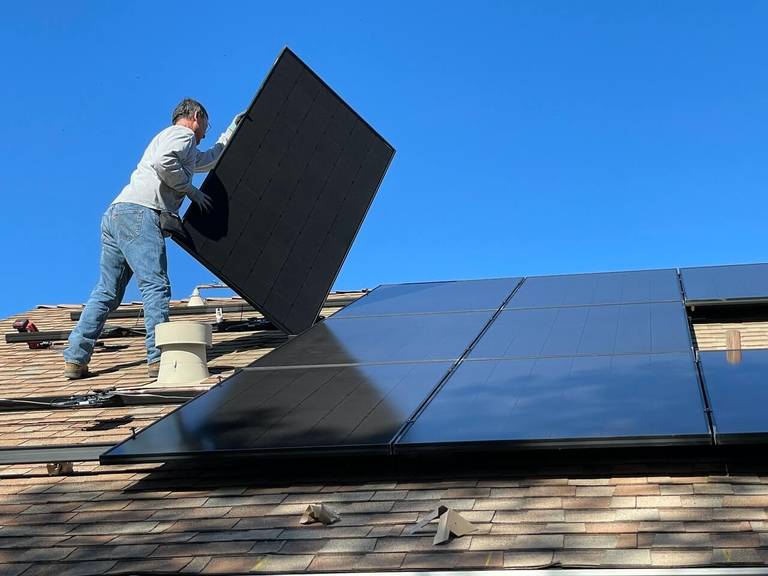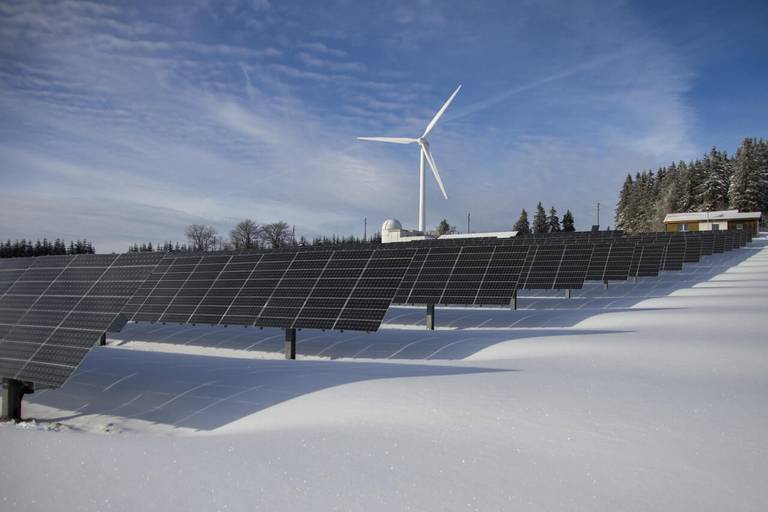Solar Cells: How They Work
An amazing amount of power comes blasting out of the sun every day. As a result, nearly all the energy and movement on planet Earth have the sun as an ultimate source.
What other power sources do we have on earth?
- Fossil fuels have their origin in the sun.
- Wind and ocean currents are caused by the heat of the sun.
- Even the water cycle occurs because of the sun.
It has been estimated that the amount of solar energy that hits the Earth everyday is enough to supply the world's energy needs for 25 years!
Got it? Great, let’s dig in.
A square meter of space on the Earth's surface experiences the force of 1000 watts of power. This is equal to the heat of ten relatively strong light bulbs. It is one of the goals of modern humanity to harness this power. Even the ancients understood its potential.
The great philosopher Archimedes when his city of Syracuse was under siege from the Roman's (214-212 B.C) directed the defenders to focus many bronze mirrors on a single point on Roman warships, setting them ablaze.
Today, a few power plants rely on mirrors to create electricity by focusing the sun's rays on a boiler, which turns a turbine, thus creating electricity. Many homes even have solar hot water heaters, but the ultimate challenge is converting the sun's rays directly into electricity.
This can be done with solar cells. Unfortunately, at this stage of development, solar cells are pretty inefficient. Most only convert about 10 percent of the potential power. However, engineers are working on improving this "conversion ratio" and have reached as high as 30 percent.
Solar cells are semiconductors made of a refined form of silicon. However, much less expensive plastic solar cells are currently being developed.
Solar cells create electricity when the sun's rays beat upon them. They absorb some of the energy from the light rays. This absorption knocks an electron loose into a field which forces the electricity to flow in a certain direction. This flow is then tapped by placing metal contacts on the solar cell. This direct current is then drawn off to a battery or to power a motor or a calculator.
The power produced directly from the sun currently fulfills only a fraction of our power needs. But it will surely grow in importance as fossil fuels become more expensive and the world's energy needs continue to grow.





